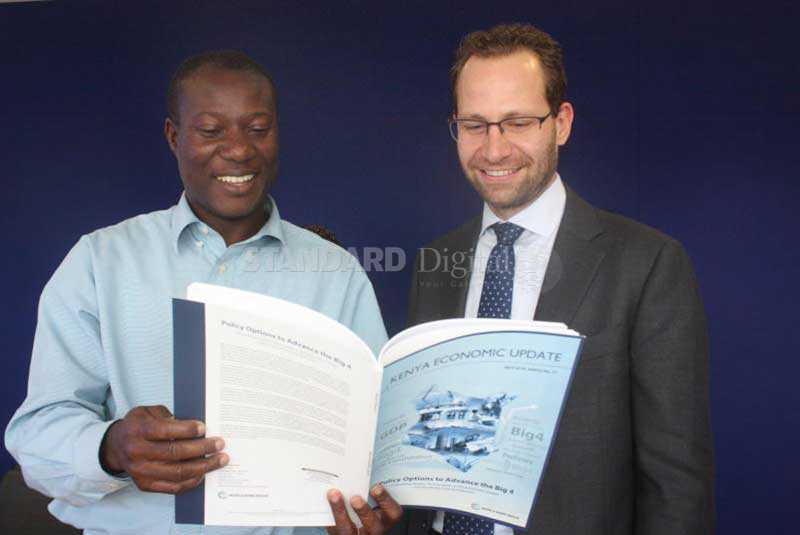×
The Standard e-Paper
Kenya's Bold Newspaper

Despite years of robust economic growth, Kenya lags behind in poverty reduction, indicating that the rewards of high growth do not reach all segments of the society.
According to the 2018 edition of the World Bank’s Kenya Economic Update, the country is at the bottom of the poverty reduction ladder compared to other low-income nations such as Uganda and Ghana that have uplifted more citizens at a faster rate.